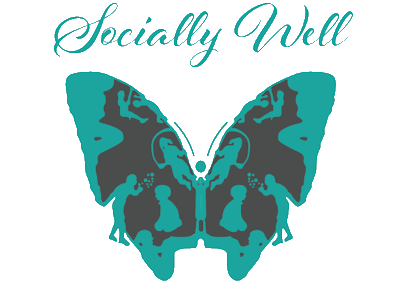 What is Applied Behavior Analysis?
What is Applied Behavior Analysis?
Applied Behavior Analysis (commonly referred to as ABA) is a type of therapy designed to help individuals on the autism spectrum to develop and improve their social and emotional skills and behavior.
The basic premise of ABA therapy is to reinforce desired behaviors and discourage unwanted behaviors. Therapists use rewards to encourage children to develop communication, language, and other skills. ABA therapy has been practiced since the 1960s. The methods used have evolved over the years, but are built around the idea of giving positive responses and rewards when a child performs a task successfully, and ignoring or redirecting their behavior when they do not.
ABA therapy programs can help:
- Increase language and communication skills for children on the spectrum
- Improve their attention, focus, social skills, memory, and academic performance
- Decrease any problem behaviors they are exhibiting
Who provides ABA therapy?
ABA therapy is provided by Board Certified Behavior Analysts (BCBAs), Board Certified Assistant Behavior Analysts (BCaBAs), Registered Behavior Technicians (RBTs), or paraprofessionals. ABA therapy programs also involve therapists, or registered behavior technicians (RBTs). These therapists are trained and supervised by the BCBA. They work directly with children and adults with autism to practice skills and work toward the individual goals written by the BCBA. The main difference between the BCBA and RBT is that a BCBA can practice independently and supervises the RBT. A BCBA is responsible for designing and implementing the services that RBTs frequently carry out.
How ABA Therapy Works
Consultation and Assessment
The therapist will start by performing an ABA assessment, which is a measurement of your child’s performance across several communication, language, and social skill benchmarks, and will assign an approximate developmental age for each skill. This information will be useful in helping to determine individualized goals and objectives for your child.
The six skill areas ABA therapists will assess are:
- Home
- School
- Basic Living
- Community Participation
- Independent Living
- Vocational
This form of behavior analysis helps the therapist to understand:
- How your child behaves
- How their behavior is affected by their environment
- How they learn
Qualities you should look for in an ABA therapist
A good ABA therapist is empathetic, creative, patient, and persistent. They are able to connect well with your child and have the ability to understand what drives their behavior and how that behavior can be influenced.
What questions should I ask a therapist before signing my child up for ABA therapy?
- How many hours of therapy will my child receive?
- How long will my child receive treatment?
- Will I participate in sessions with my child?
- How often will we meet to discuss progress?
- How will we know when therapy is no longer needed?
Developing a Therapy Plan
Your child’s therapist will develop a Behavior Intervention Plan (also called a BIP) which is a formal plan that aims to stop inappropriate behavior and establish appropriate alternative behaviors. The BIP will provide insights as to why the behavior happens, and outline the strategies, tools, and support systems that will be used to teach your child alternative behaviors.
Caregiver Training
To help your child do their best with ABA therapy you, your family, and other caregivers will be given the tools and strategies needed to reinforce the training across all of the settings that your child encounters during their day.
Your child’s therapist will determine some caregiver training goals when therapy begins. They will explain to you why your child’s particular behaviors occur, and how to respond. These goals will be individualized to meet your child’s and your family’s needs.
